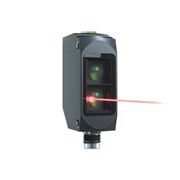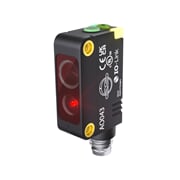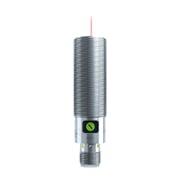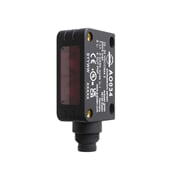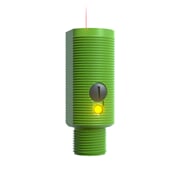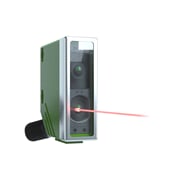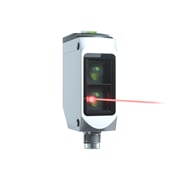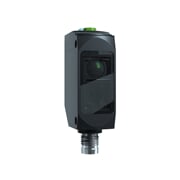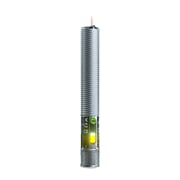Diffuse photoelectric sensors
Diffuse photoelectric sensors use reflection to detect the presence of objects. The sensor emits a light that is reflected by the object. The reflected light is detected by the sensor and the sensor switches. Many autosen diffuse reflection sensors come with background suppression that prevents faulty triggering caused by reflections in the environment. Read more here
 Cloud compatible
Cloud compatible 100+ in stock!
Online -5,5 %
125.92 €
118.99 €
 Cloud compatible
Cloud compatible 50+ in stock!
Online -5,5 %
75.12 €
70.99 €
Diffuse reflection sensors: How they work
Diffuse reflection sensors are used for direct detection of objects and combine transmitter and receiver in one housing. The transmitter emits a continuous light beam (usually red light, but also infrared light and laser light). The light source is reflected by the object to be detected. If an object moves into the beam, the light is reflected from the object surface back to the receiver and the diffuse reflection sensor issues a switching signal. This is why additional functional components (such as reflectors for retro-reflective sensors) are not necessary to operate diffuse reflection sensors. Available as ultra-compact rectangular design with stainless steel housing, as compact design with plastic housing and with M12 and M18 threads as cylindrical design of stainless steel.
Diffuse reflection sensors: Advantages and disadvantages
Transmitter and receiver are located in one device thus allowing reliable object detection using a single component only and without further accessories. Diffuse reflection sensors are therefore space saving and can be installed flexibly. They are frequently used for short distances as the range much depends on the degree of reflection, shape, colour and material properties of the object to be detected.
Diffuse reflection sensor with background suppression
A diffuse reflection sensor switches when the emitted light is reflected. However, the reflection could take place behind the desired measuring range and result in unwanted switching. This case can be excluded by a diffuse reflection sensor with background suppression. Two receiver elements are used for background suppression (one for the foreground and one for the background). The angle of deflection varies as a function of the distance and the two receivers detect light of different intensity. A photoelectric scanner only switches if the determined energy difference indicates that the light is reflected within the permissible measuring range.




